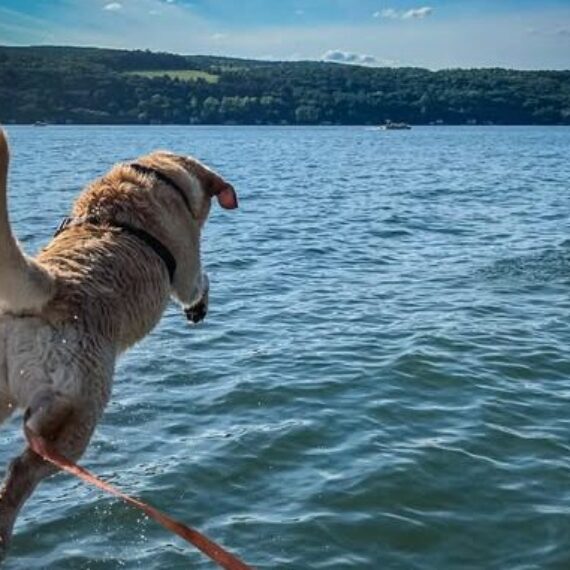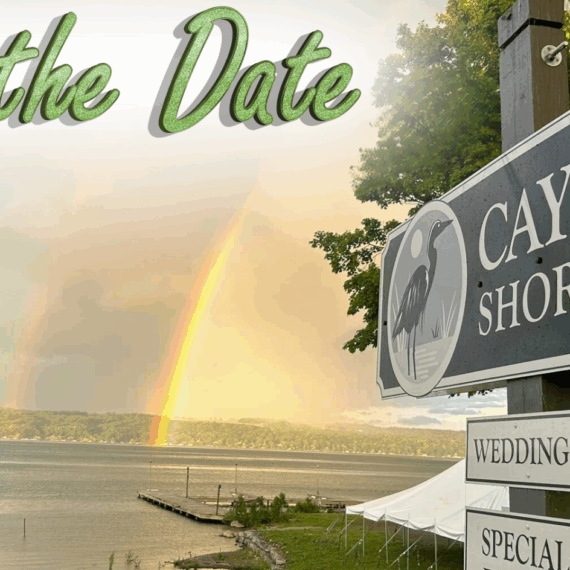It’s hot. It’s humid. We just got a good rain and the creeks are flowing, so it’s the perfect time to go swimming, right? Well, probably not. Even though it may seem like your best chance at cooling off, swimming immediately following a rain storm means that levels of E.coli and other pathogens are present in high amounts – almost always at levels that would not meet the EPA’s criteria for contact recreation. Forms of contact recreation include fishing, boating, swimming, waterskiing and paddling, in other words, any activity that involves coming in contact with water.
If you tried to go swimming at Buttermilk Falls or Robert Treman Park over the 4th of July weekend, you were probably disappointed to find that the swimming areas were closed. If you chose to head upstream to dive in anyway, you were swimming in water that contained more than 235 colonies/100 mL of E.coli bacteria. While this may not necessarily lead to illness, the EPA levels for swimming areas are based on the fact that E.coli is an indicator bacteria.
Water used for recreation at lakes, ponds, and creeks can get polluted by pathogens, including bacteria, viruses and protozoa. Most of the time these pathogens come from storm water runoff containing waste from farm animals, pets, and wildlife, and sometimes from untreated sewer discharge when a plant’s capacity is exceeded. Water that becomes polluted with pathogens can present a public health risk if used for contact recreation. Most pathogens that are harmful to human health exist in small amounts and are difficult and expensive to test. Testing for indicator bacteria like E.coli identify areas where fecal matter is present, indicating that other more harmful pathogens may also be present.
Swimming areas along creeks (like Buttermilk and Robert Treman State Parks) are generally more susceptible to high levels of pathogenic bacteria than lake swimming areas (like Cayuga Lake or Taughannock State Parks) because creek water becomes diluted as it enters the lake, where bacteria levels tend to be lower.
So does this mean that you should never take a dip after a heavy rain? Not necessarily. But if you see a swimming area closed down, it’s not to ruin your summer plans, it’s a precautionary measure to protect public health.



